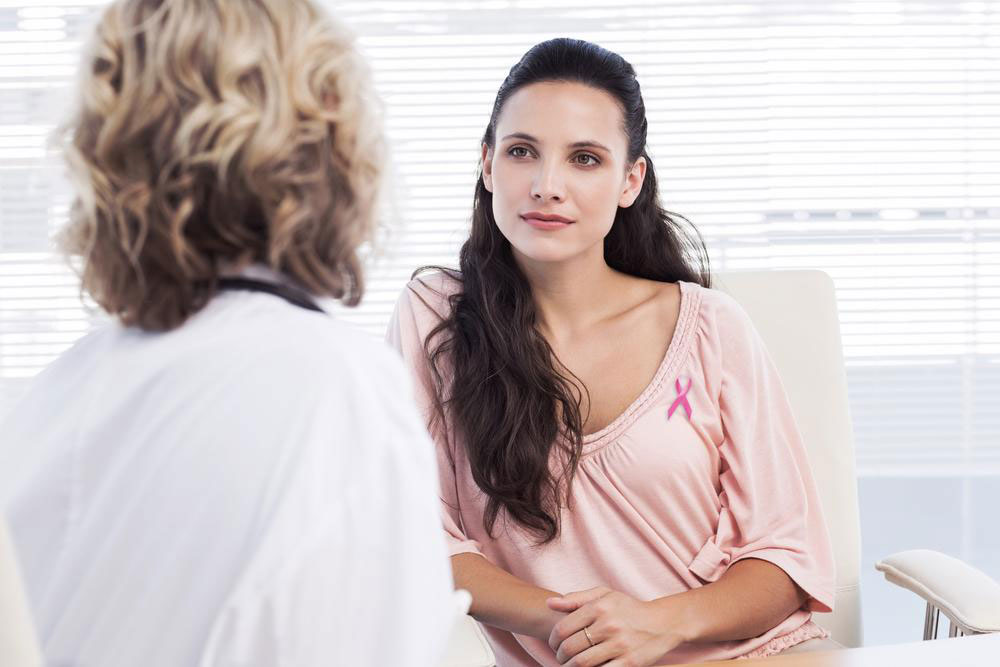Breast cancer, things to know
Breast cancer can affect both men and women. In fact, this is one of the most common types of cancer to affect people. There are two categories of breast cancer; invasive cancer that spreads to surrounding tissues and non-invasive breast cancer that does not spread to the surrounding tissues. Non-invasive breast cancer is termed as stage 0 while invasive breast cancer has four stages; 1, 2, 3 and 4. Thankfully, breast cancer can be treated as long as the symptoms of breast cancer are recognized early enough.

To perform a self-breast examination, stand with your shoulders straight and hands on your hips in front of a mirror. Look for changes in the size, shape and color of your breasts. Next raise your arms and repeat the visual examination. Lie down and raise your left arm over your head while feeling your left breast with two fingers of your right hand. You could move your fingers up and down from left to right or move outwards from the nipple. Choose the technique you are comfortable with. What is most important is that you cover the entire surface of the breast. Repeat this process with the right breast and then repeat the examination of both breasts while standing up.
A lump on or under the breast is the most characteristic symptom of breast cancer. However, this may also develop as a result of hormonal changes, breast infections, fibroadenoma, damaged tissue in the breasts or fibrocystic breast disease. Usually lumps with regular edges are considered non-cancerous. In some cases, a biopsy may be required to differentiate between lumps on the breast caused by cancer or other factors. Other symptoms of breast cancer are:
- Changes in the shape of your nipples
- Persistent breast pain that is not affected by your menstrual cycle
- Clear, yellow, red or brown discharge from the nipples
- A rash or redness on the breast that may also be itchy
- Swelling of the breast
- Swelling under the collarbone or in the armpit
In its later stages, symptoms of breast cancer may include:
- Retraction of the nipple
- Enlargement of one breast
- Development of dimples on the breast
- Growth in size of a lump
- Pain in the vagina
- Unexplained weight loss
- Varicose veins on the breast
- Enlarged lymph nodes
If your doctor feels that the lumps on your breast may be cancerous, he may ask you to undergo a mammogram, ultrasound or MRI to confirm his diagnosis.
Treatment for breast cancer depends on the stage of the cancer and the overall health of the patient. The most common forms of treatment include:
- Surgical removal of the cancer cells
- Surgical removal of the entire breast
- Chemotherapy
- Radiation therapy
- Hormone therapy















